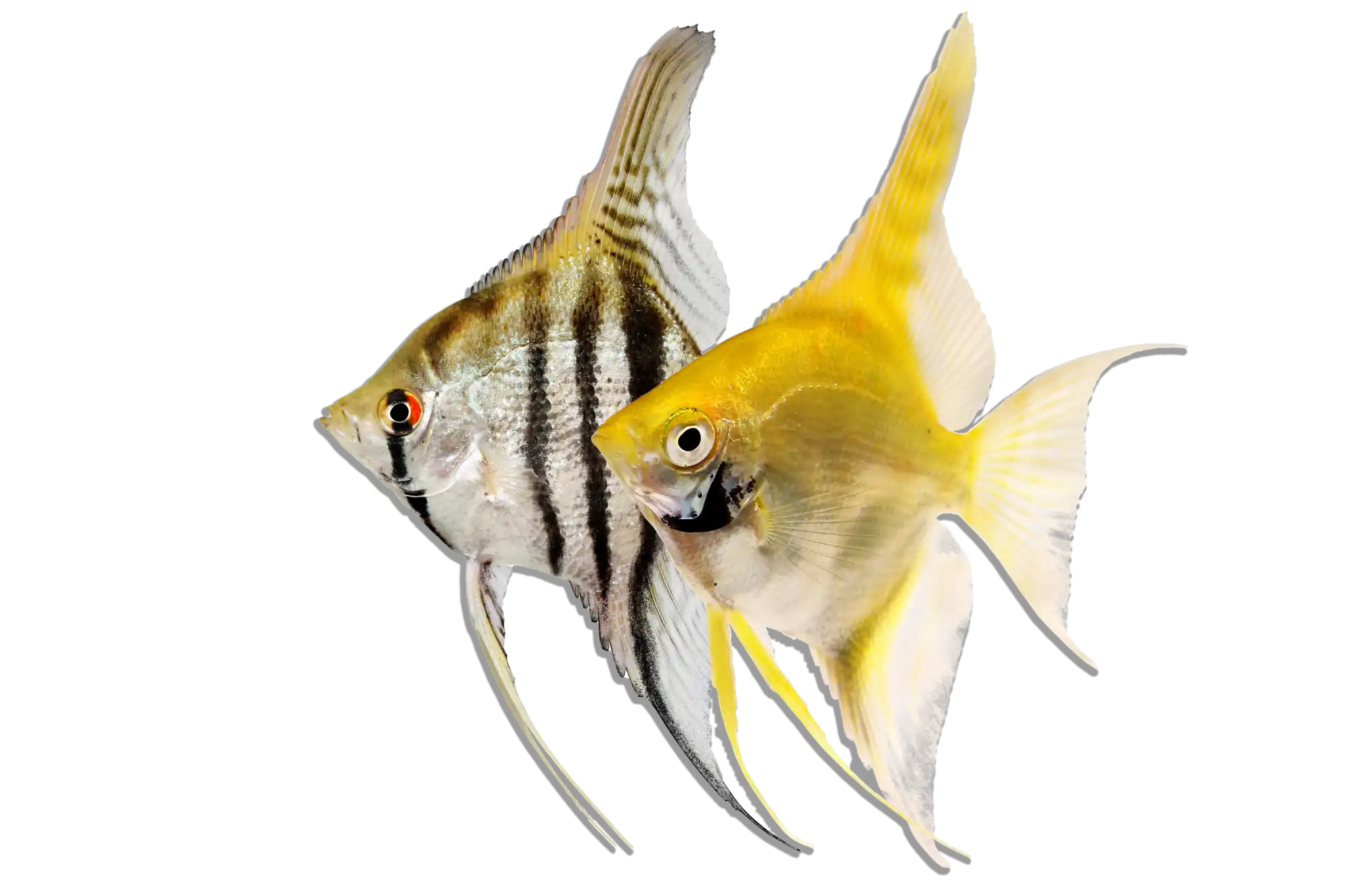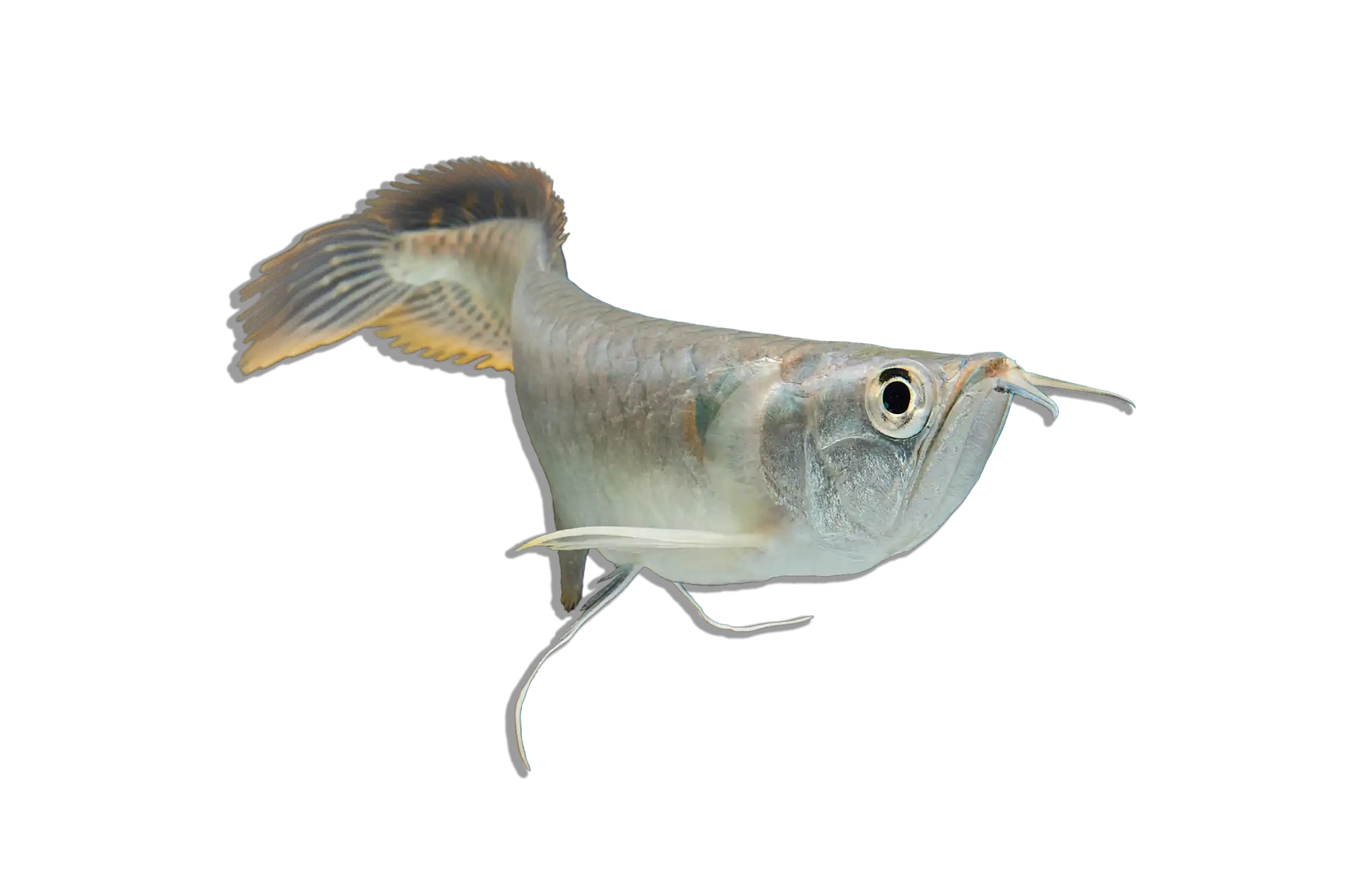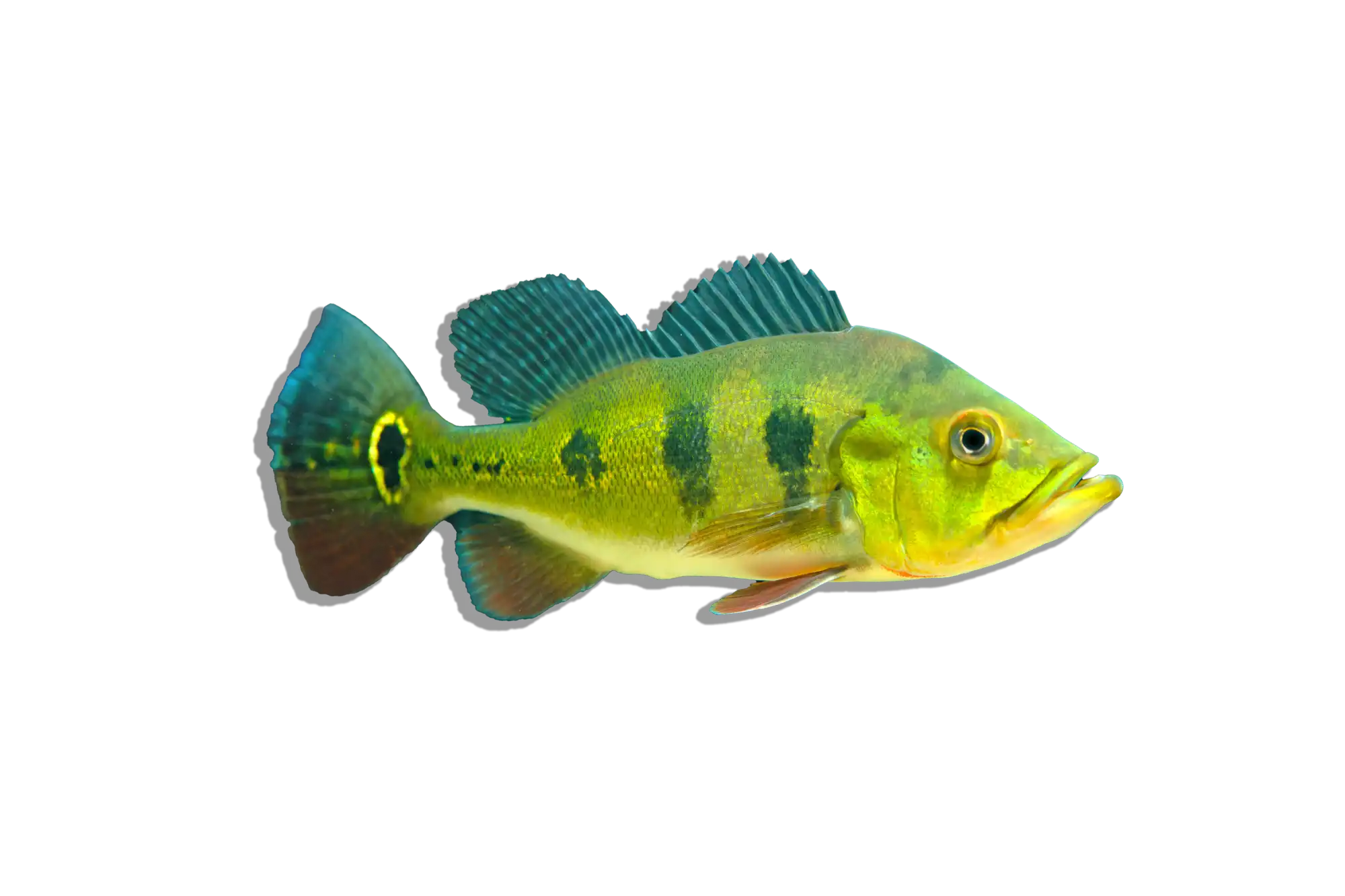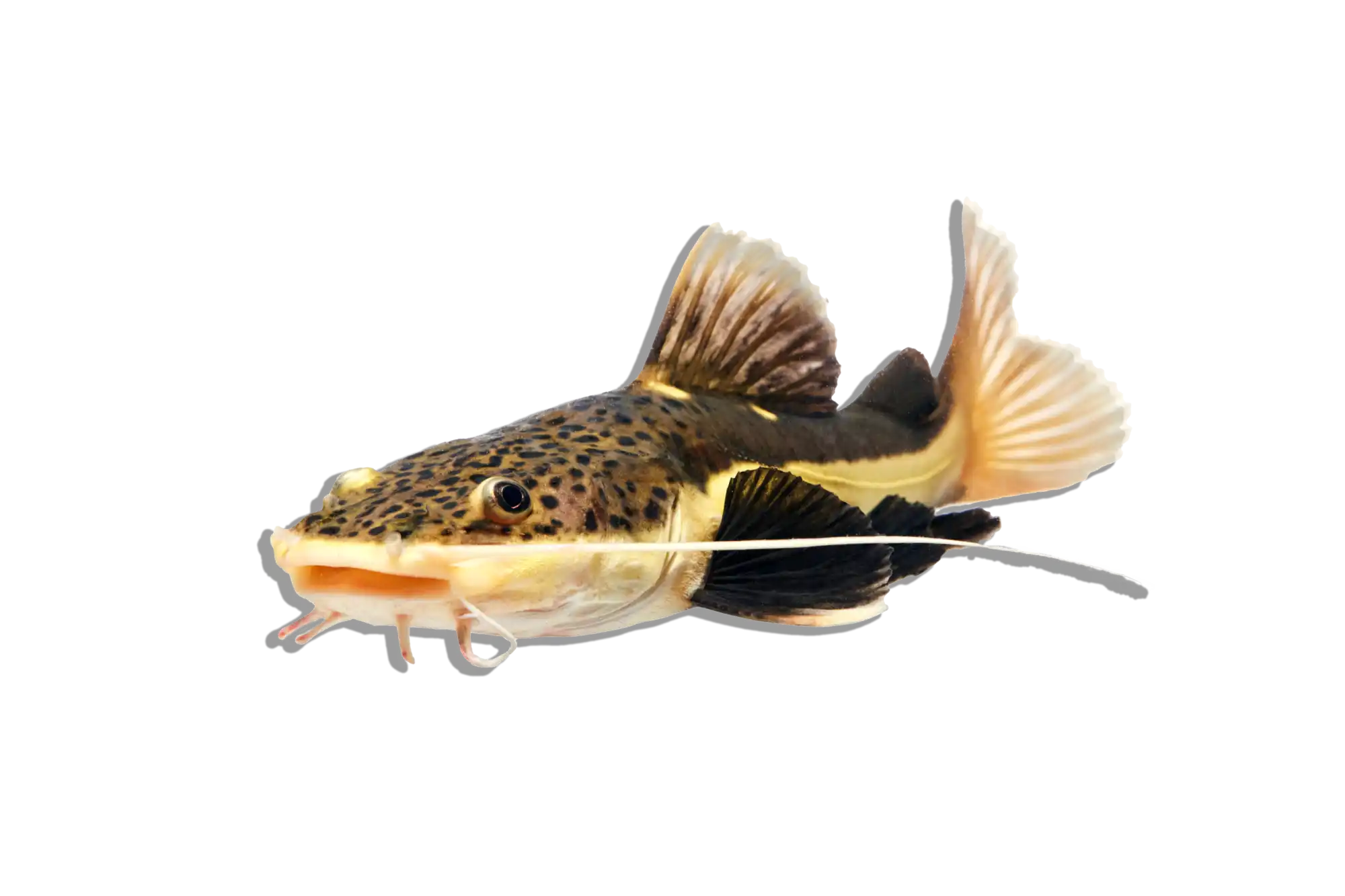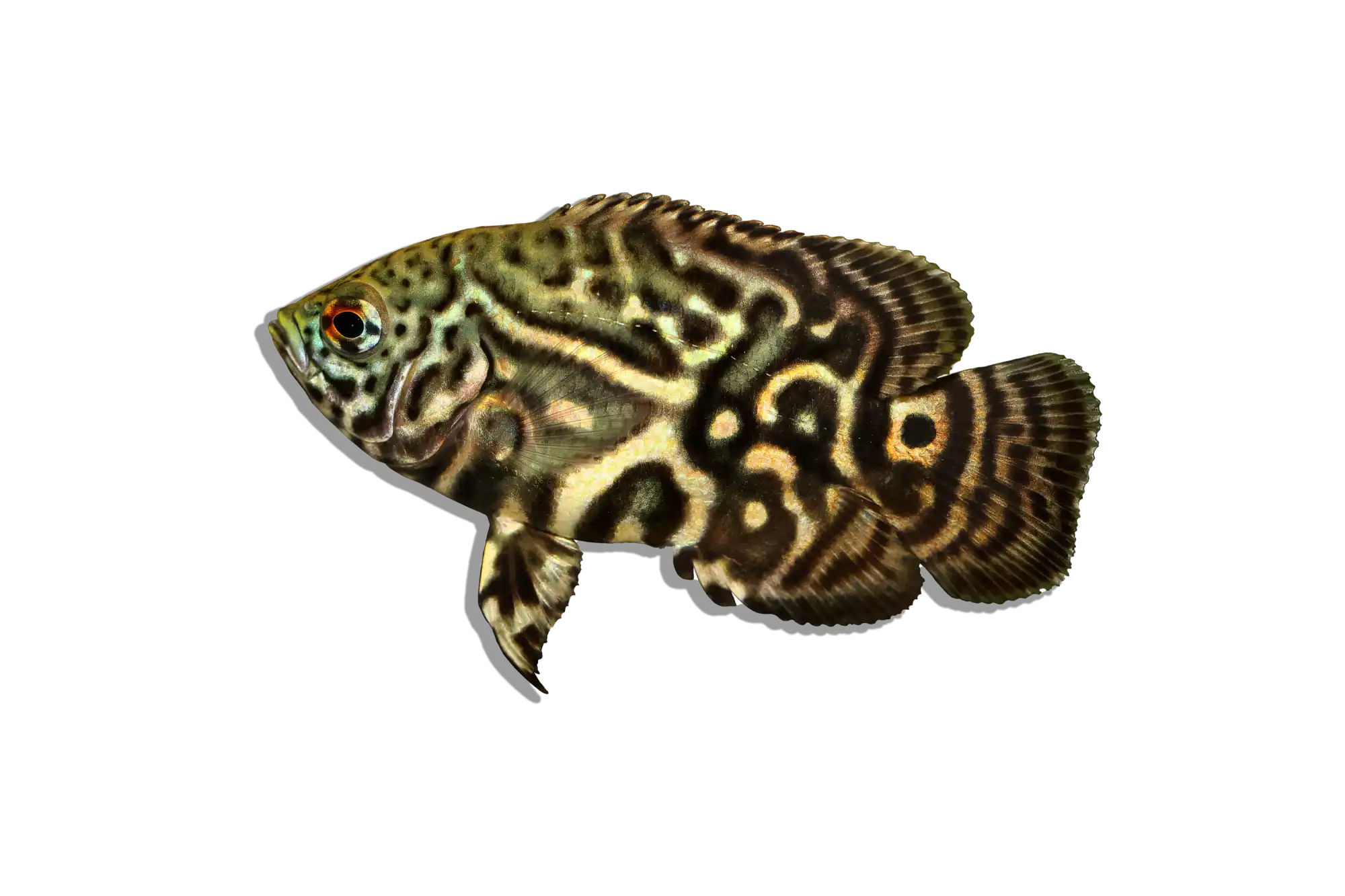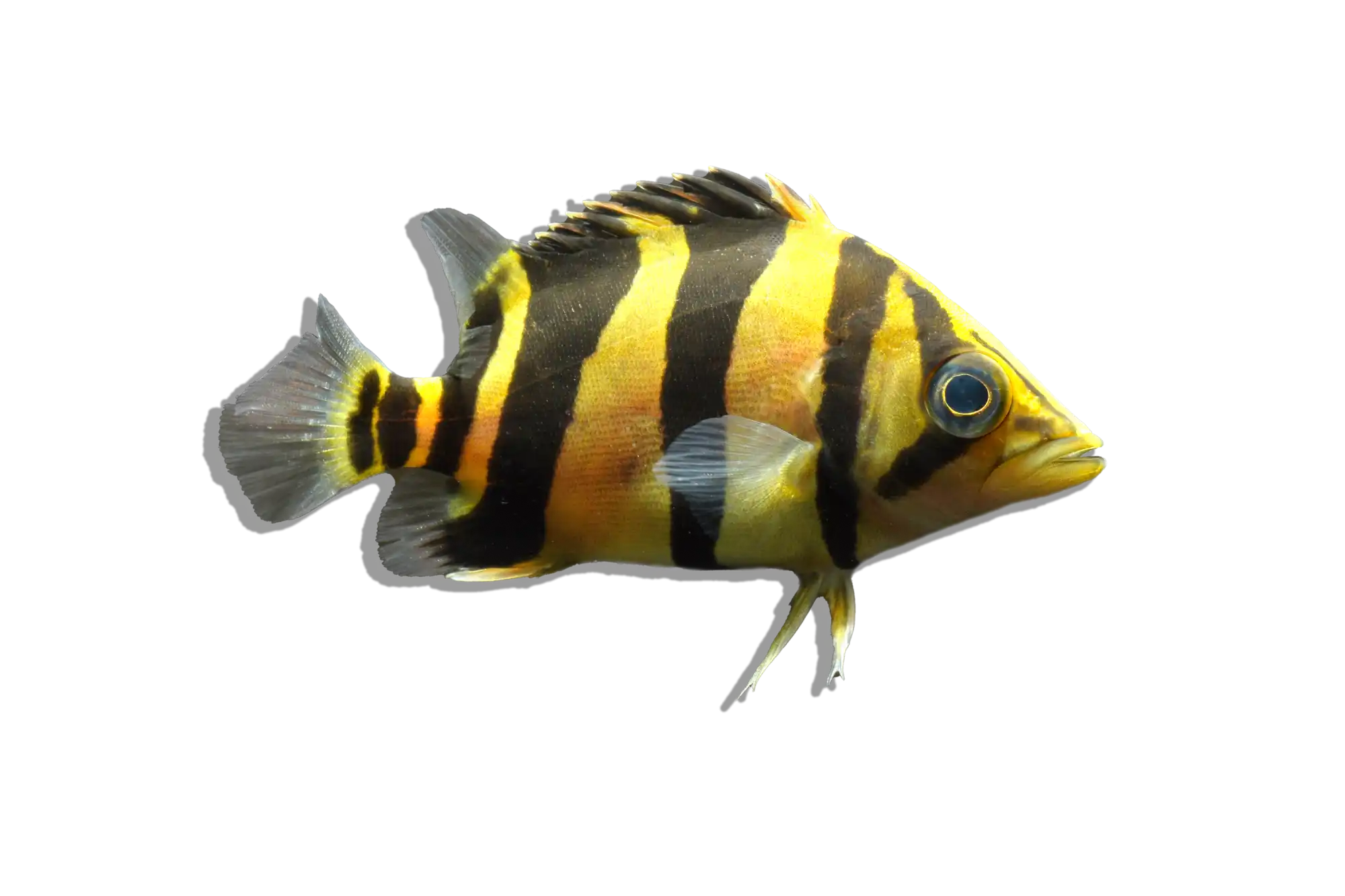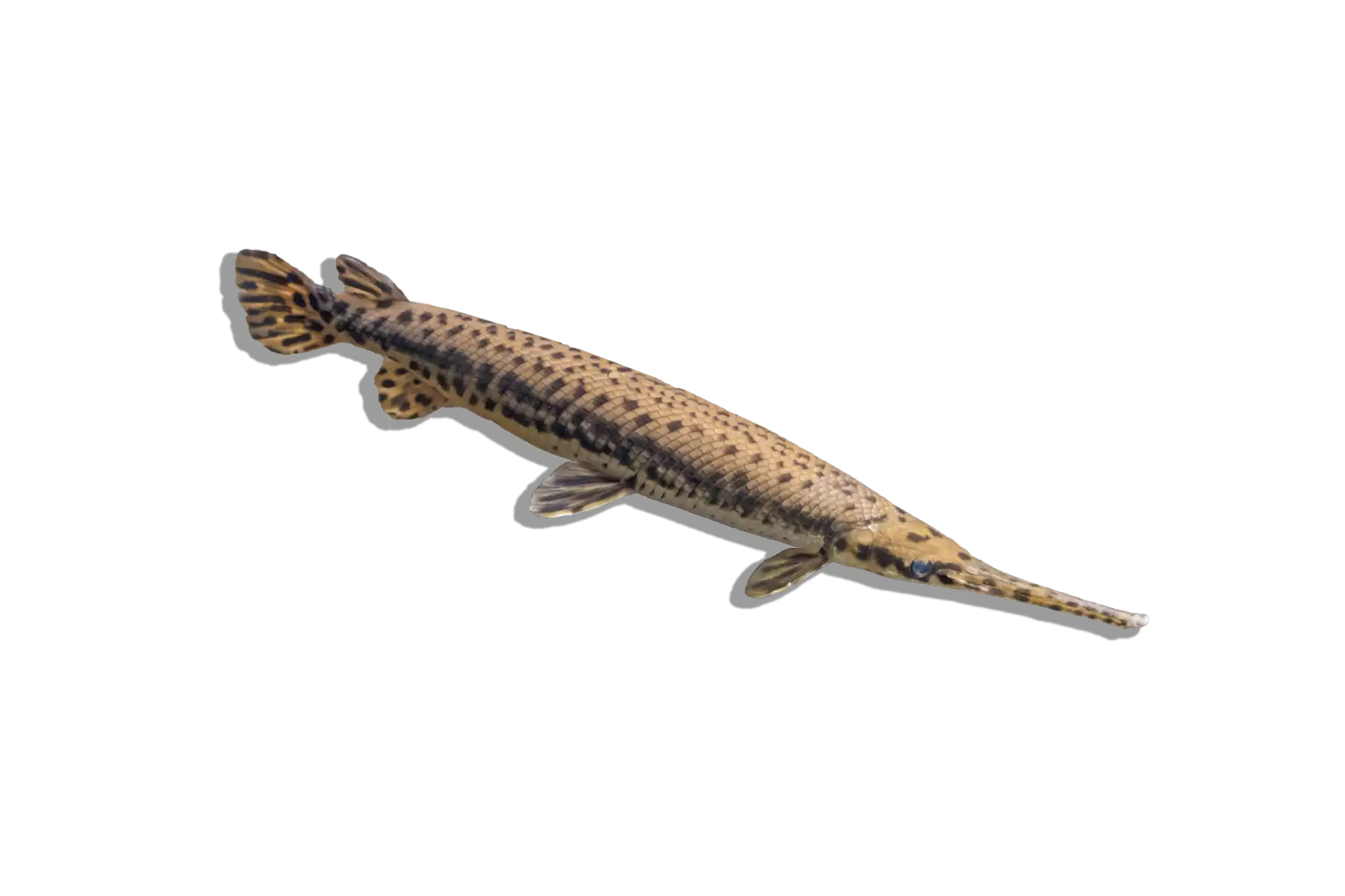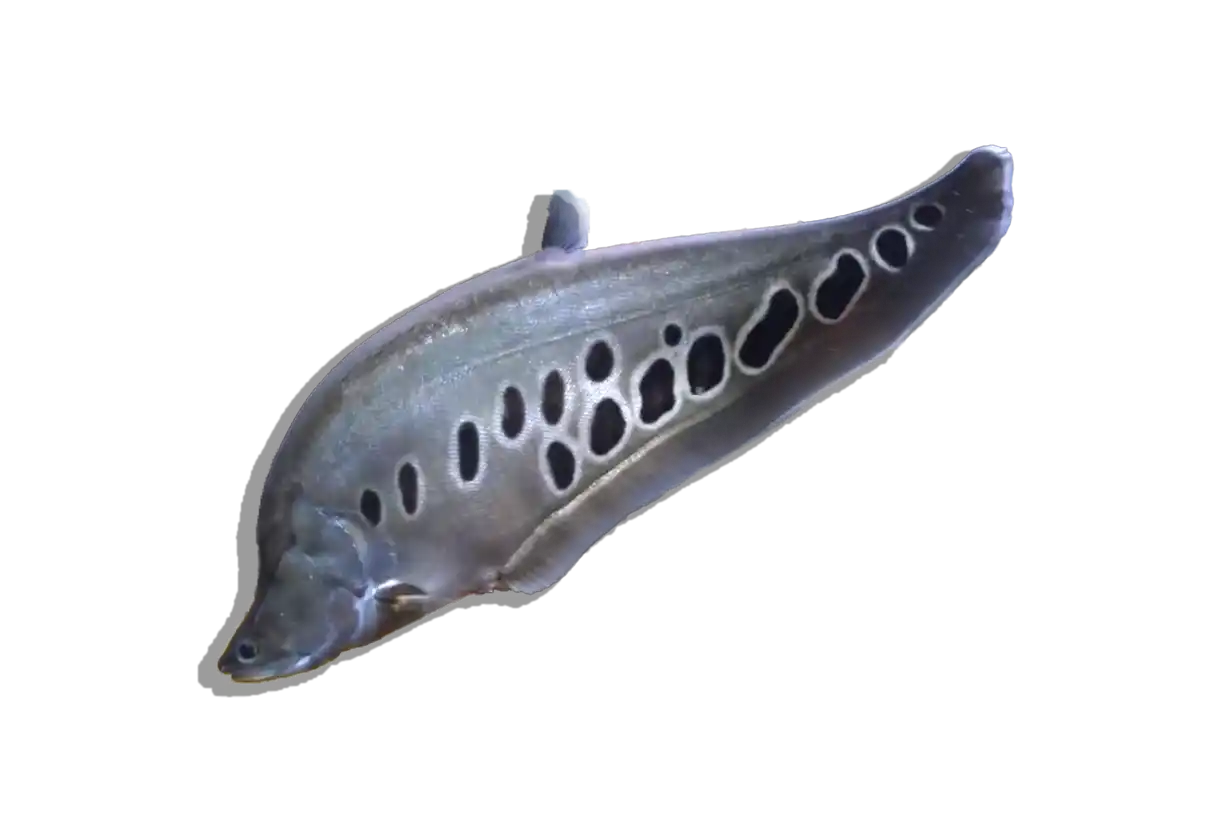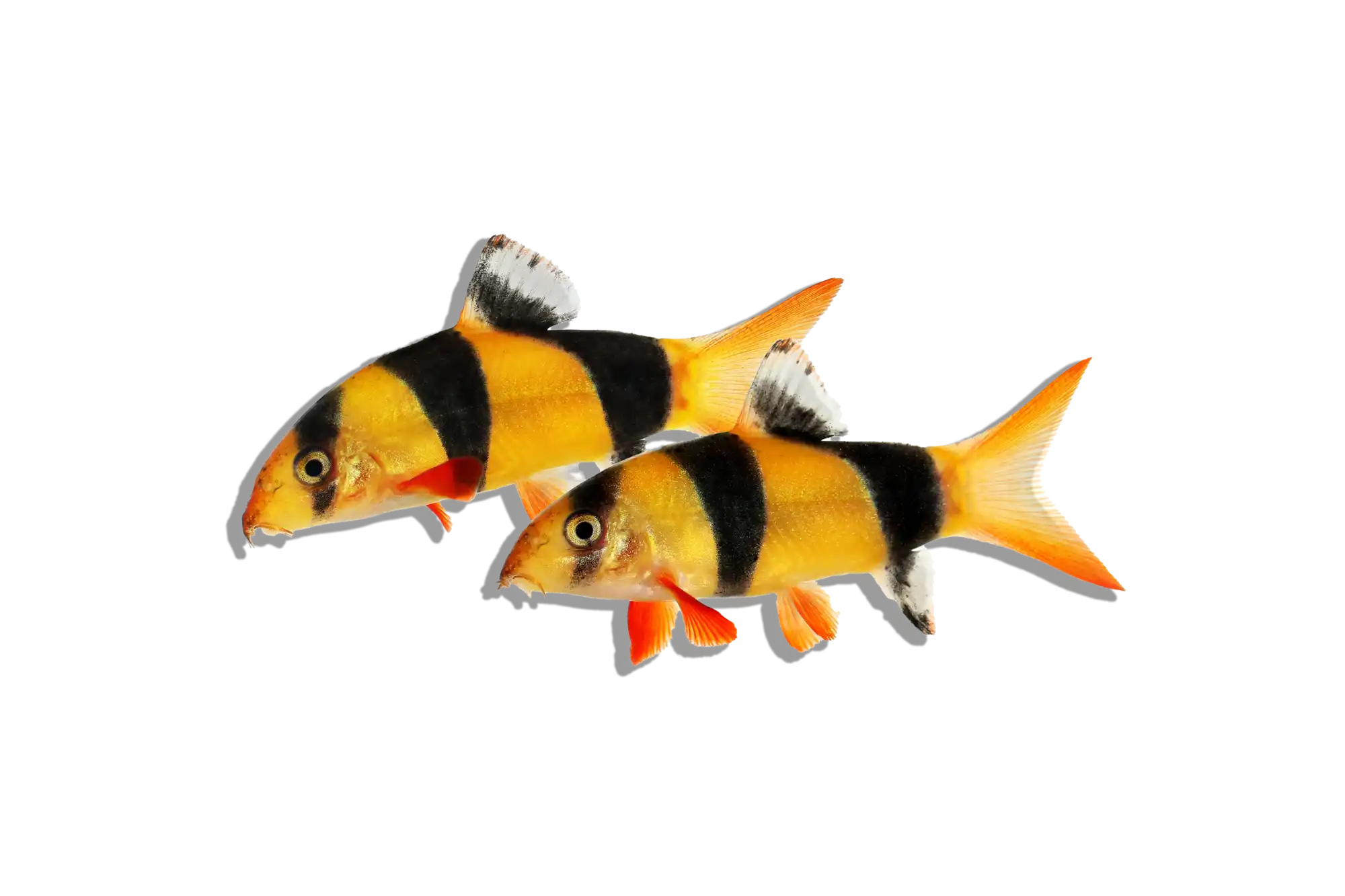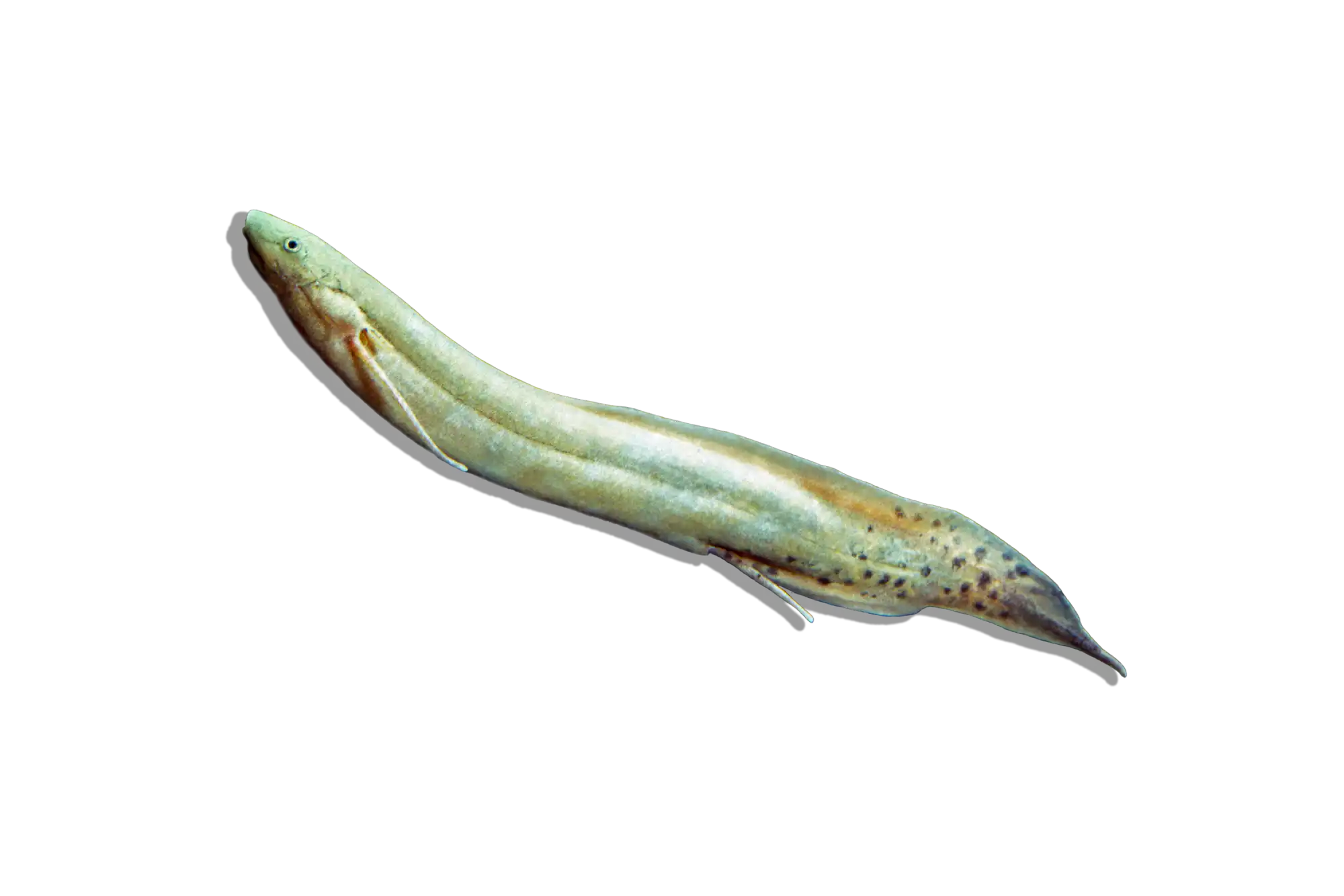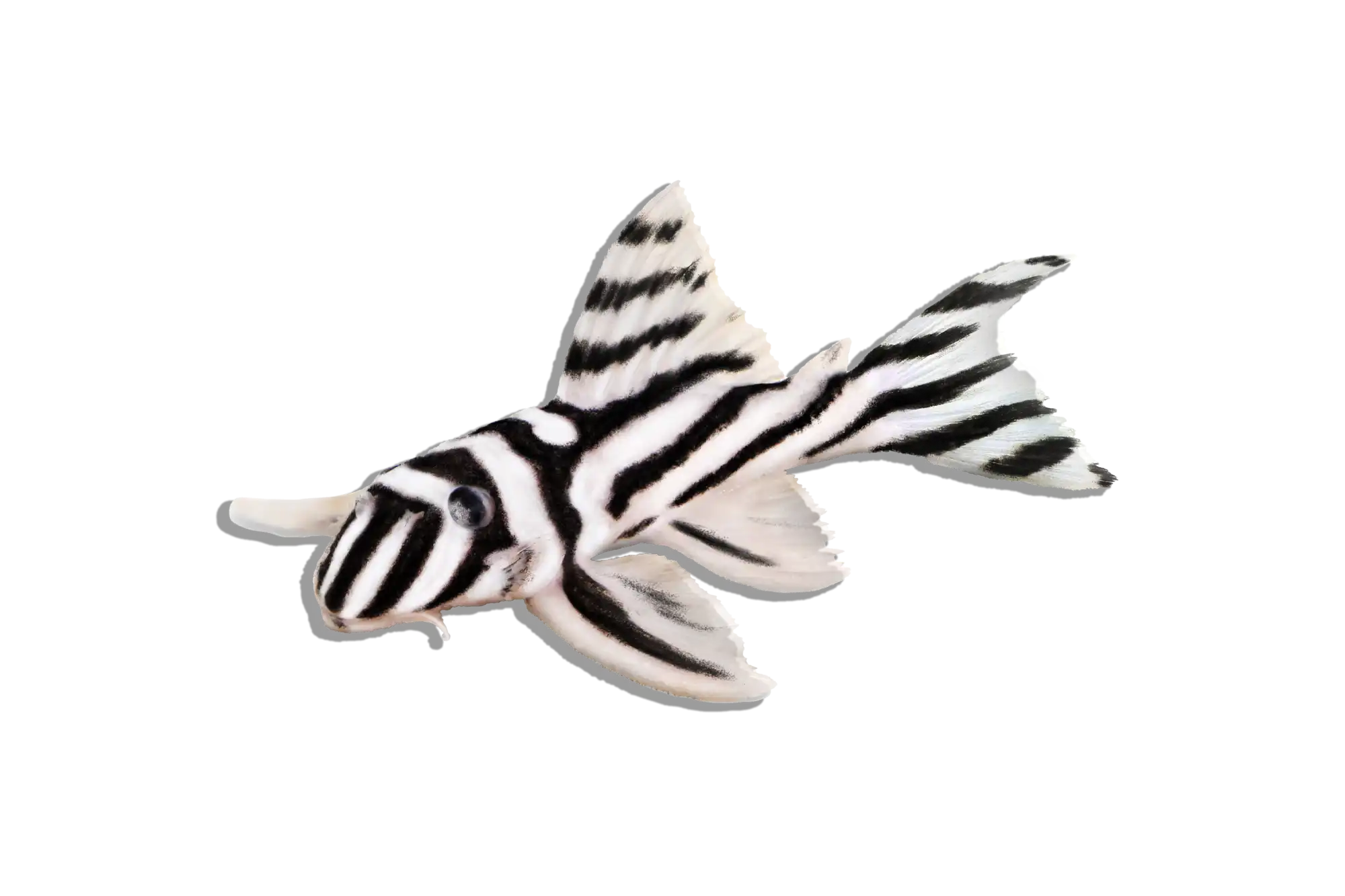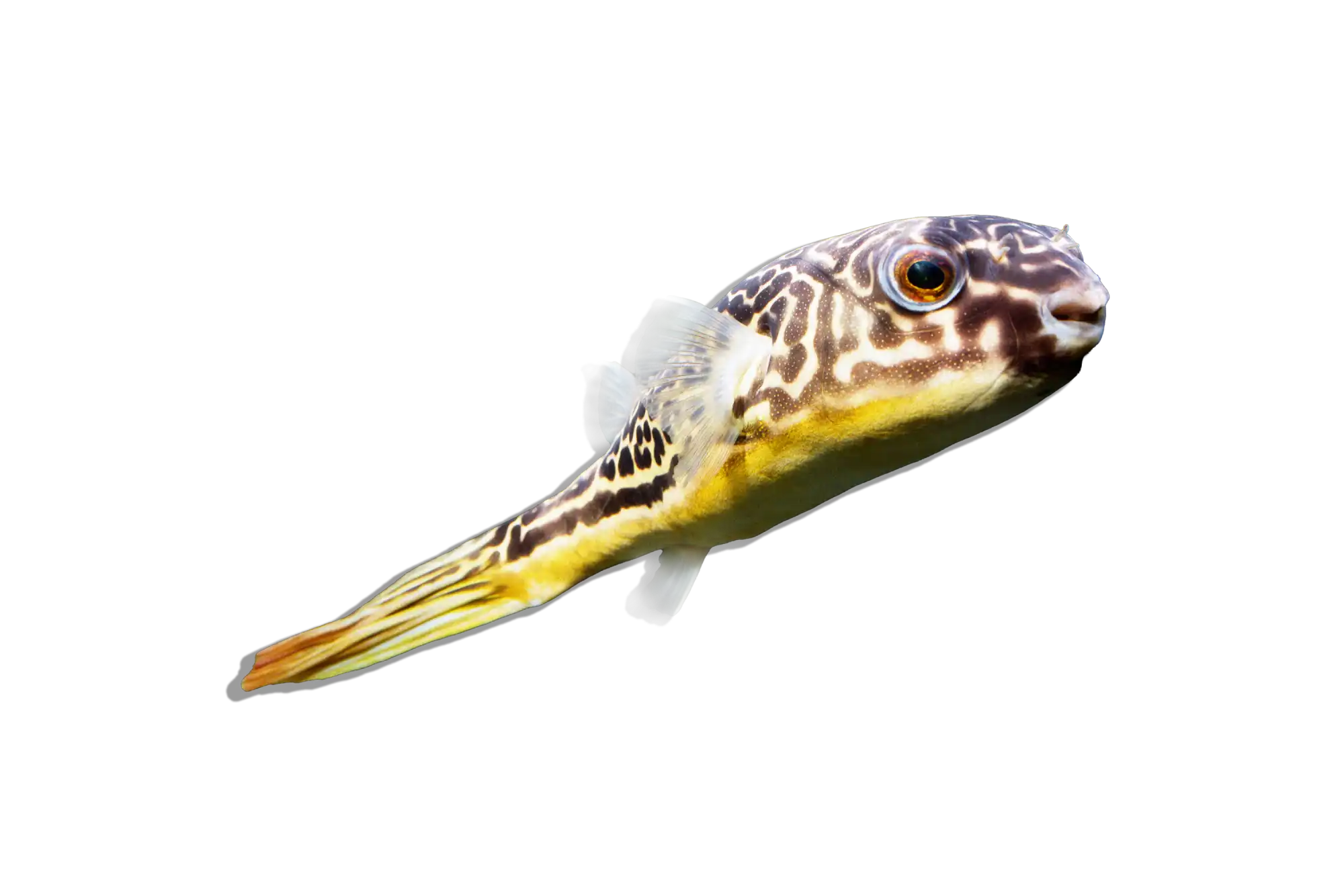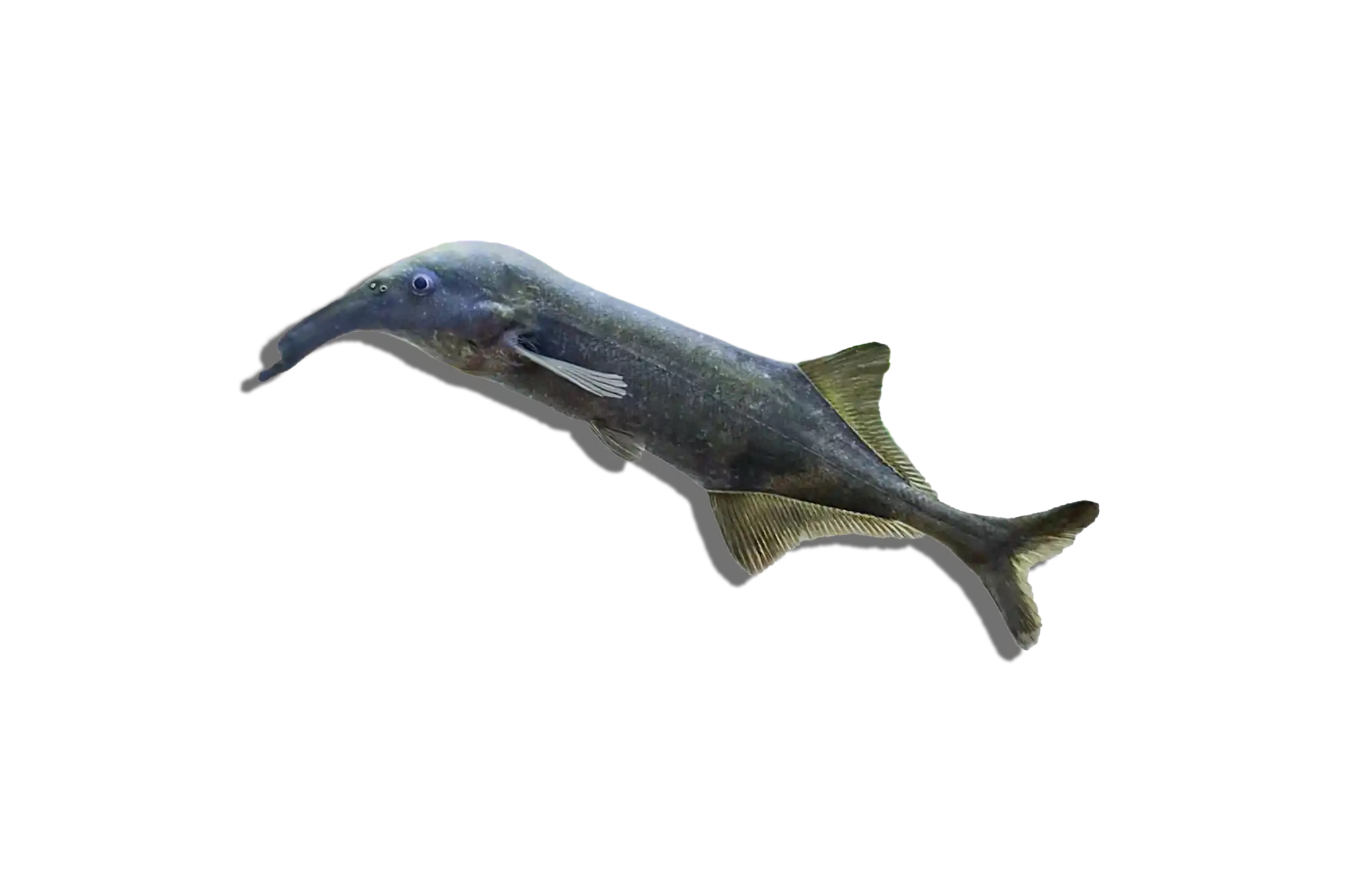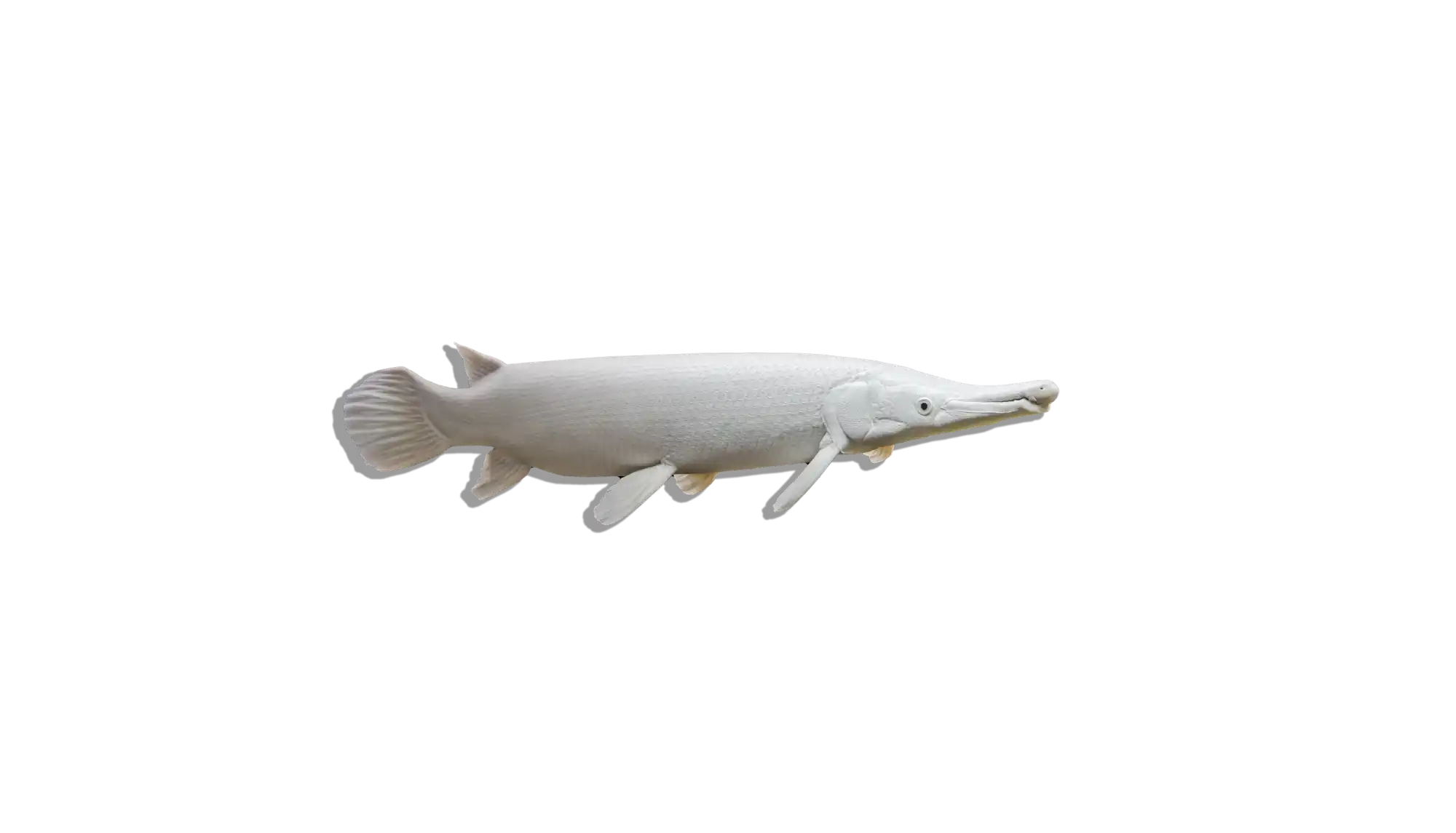Description
Common Name: Granulated Catfish
Scientific Name: Pterodoras granulosus
Other Names: Granulated Doradid, Granulated River Catfish
The Granulated Catfish is a large, heavily armored species known for its bony scutes and rough, granulated skin texture. It has a broad, elongated body with a dark brown to gray coloration, often featuring a lighter underside. Like other doradid catfish, it possesses strong pectoral spines that serve as a defense mechanism. This species is peaceful but grows to an impressive size, making it suitable only for large aquariums or indoor ponds.
Habitat and Distribution:
Native to South America, Pterodoras granulosus is found throughout the Paraná, Paraguay, and Amazon River basins, as well as in parts of the Río de la Plata system. It inhabits slow-moving rivers, floodplains, and deep channels with soft, muddy or sandy substrates. These environments provide shelter among submerged logs and rocks, where the species rests during the day.
Size and Lifespan:
This species can reach up to 28 inches (70 cm) in the wild, though captive specimens usually grow between 18-24 inches (45-60 cm). With proper care, they can live for 15-20 years.
Diet and Behavior:
The Granulated Catfish is an omnivorous scavenger, feeding on detritus, plant matter, small invertebrates, and carrion in the wild. In captivity, their diet should include high-quality sinking pellets, frozen or live foods such as earthworms, bloodworms, and chopped raw tilapia, and occasional vegetable matter like zucchini or spirulina-based foods. They are nocturnal but will become more active during feeding times. Despite their size, they are generally peaceful and can coexist with similarly sized fish.
Breeding and Reproduction:
Breeding Pterodoras granulosus in captivity is extremely rare and has not been widely documented. In the wild, they migrate during seasonal floods to spawn in deep river channels. Successful breeding would require large-scale, controlled environmental conditions.
Aquarium Care and Tank Requirements:
A minimum of 300 gallons is required for an adult, with larger tanks (500+ gallons) or indoor ponds preferred for long-term care. Their ideal tank setup includes a soft sand or fine gravel substrate, large driftwood and caves for shelter, powerful filtration to manage their bioload, moderate to strong water flow, and dim to moderate lighting to mimic their natural environment.
Ideal Tank Mates:
The Granulated Catfish is peaceful but should be housed with large, non-aggressive or semi-aggressive species. Suitable tank mates include Arowanas, Datnoids, Peacock Bass, Large Cichlids (such as Oscars and Severums), Bichirs, and other large Doradidae catfish. Avoid small fish that may be accidentally consumed and overly aggressive species that may harass them.
Difficulty Level:
Advanced. They require a massive tank, powerful filtration, and a well-planned diet to thrive.
Water Parameters:
- Temperature: 74-82°F (23-28°C)
- pH: 6.5-7.5
- General Hardness (GH): 5-15 dGH
- Carbonate Hardness (KH): 4-12 dKH
- Ammonia: 0 ppm
- Nitrite: 0 ppm
- Nitrate: <20 ppm (regular water changes required)
Additional Information:
- Their strong pectoral fin spines can become entangled in nets, so handling should be done with care.
- They have poor eyesight and rely on their barbels to detect food and navigate their environment.
- Due to their nocturnal nature, they appreciate dim lighting and shaded areas created by driftwood or rock formations.
The Granulated Catfish is an impressive and peaceful species suited for dedicated aquarists with the space to house a large, long-lived bottom-dweller. With proper care, they make a unique and fascinating addition to large predator community tanks.

